Itinerary
nights
days
On this two night, three day course, you’ll spend time in Niigata Prefecture’s Awashimaura and Sekikawa village. Experience the relaxed life on the small island of Awashima, which has a circumference of just 23km. Here you can enjoy the local dish wappani, horse riding, cycling, and other fun activities. In the village of Sekikawa, you’ll visit the Watanabe Residence which includes sake brewing and cargo facilities, the Sekikawa History and Roads Museum, and Michi no Eki Sekikawa. You’ll also spend a relaxing day at the refuge-like hot spring inn, Kikuya.

• A taxi from JR Murakami Station to the Ferry dock is approximately 15 minutes. You’ll use the Awashima Catamaran or a ferry.
Day One
01
Horse riding
Before the Showa era, there were about 50-60 horses living on Awashima. At Awashima Ranch, located near the ferry arrival point, you can interact with the horses. There are several different programs available, like the “Guide Horse Ride” (1,000 yen), where a staff member slowly walks you around the farm using a rope attached to the horse’s bridle. There are also other activities such as the “Horse Meet Program” (2,000 yen), where you can brush or feed horses. These activities require reservations beforehand.
Business hours: 9AM-12PM/ 2PM-5PM
Closed: Every Tuesday
Phone number: 080-8492-5869
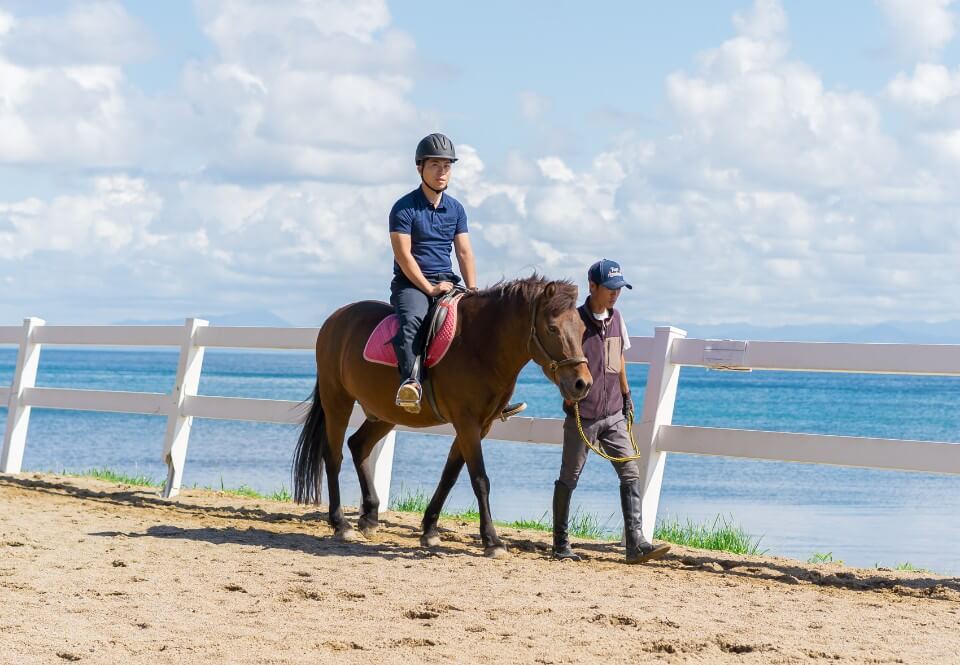

02
Wappani
Wappani is an Awashima delicacy. It’s made by putting grilled fish, miso, and negi into a “wappa” bowl made with Japanese cedar, pouring hot water, then dropping a burned stone to make it boil. The aromatic sea flavor can only be enjoyed on the island. In a program run by the Awashima Nature Experience School, you can make wappani yourself and eat it afterwards. Be sure to make reservations one week prior to coming.
Inquiries: Awashima Nature Experience School (Awashima Shizen Taiken Gakko)
Phone: 070-1044-0777
Email: awashimashizentaiken@gmail.com
03
Cycling
Because you can circle the whole island in about three hours, we recommend going cycling to enjoy the island’s clear skies, blue sea, and green hills and fields to the fullest. You can rent bikes from the Awashima Tourism Guide Center near Awashima Port.
Rental hours: 8:30-17:00 *Must return bikes by 17:00
Rental fee: (without electric assist) Within 4 hours: 500 yen / over 4 hours: 1,000 yen
(with electric assist) Within 3 hours: 1,500 yen / Over 3 hours: every additional hour 1,000 yen
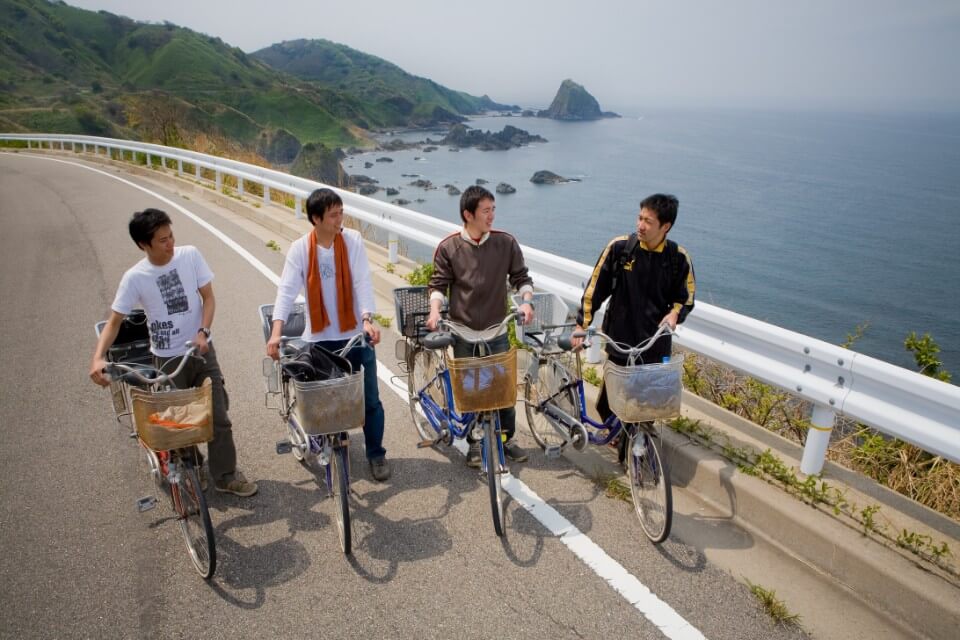

04
Guest house
When lodging in Awashima, we recommend the family atmosphere of a guest house. There are tons of guest houses overflowing with warmth in the ports of Uchiura and Kamaya. You can also enjoy delicious cooking made with vegetables and fish from the island. There are also many guest houses that provide unique experiences in fields such as agriculture, fishing, and even octopus fishing.
Day Two
01
Watanabe Residence
In the Edo period, Sekikawa was an inn town along the bustling Yonezawa Highway. There are still many buildings standing that show how life was lived back then and make it feel like you just stepped out of a time machine. The Watanabe residence is a wealthy merchant’s house built in 1817 and is a Nationally-designated Important Tangible Cultural Property. You can enjoy a beautiful view of the garden from the large tatami room inside.
Open hours: 9:00-16:00 (Closed for New Year’s holiday)
Entry fee: 600 yen for adults, 250 yen for elementary students (free for kids under school age)
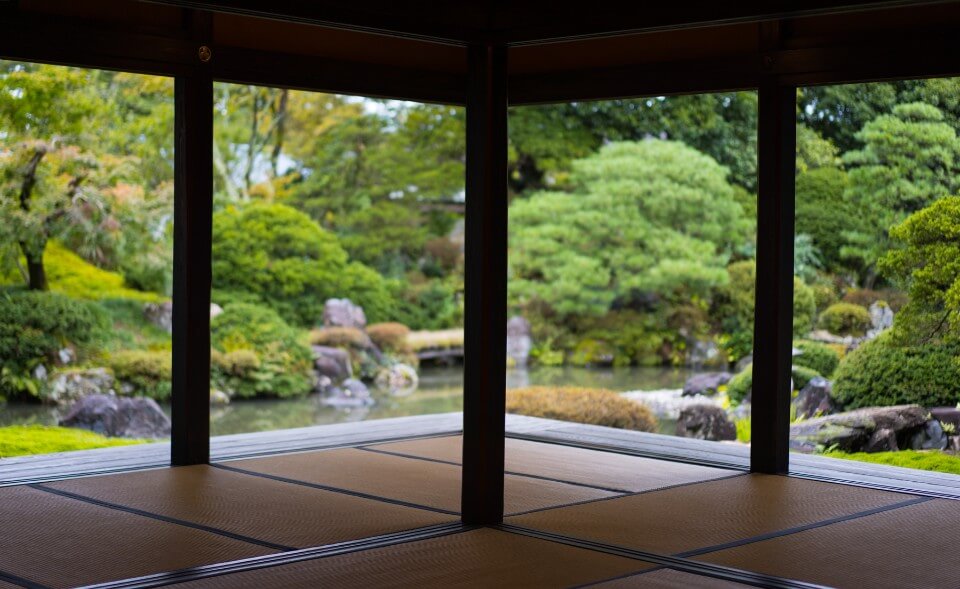
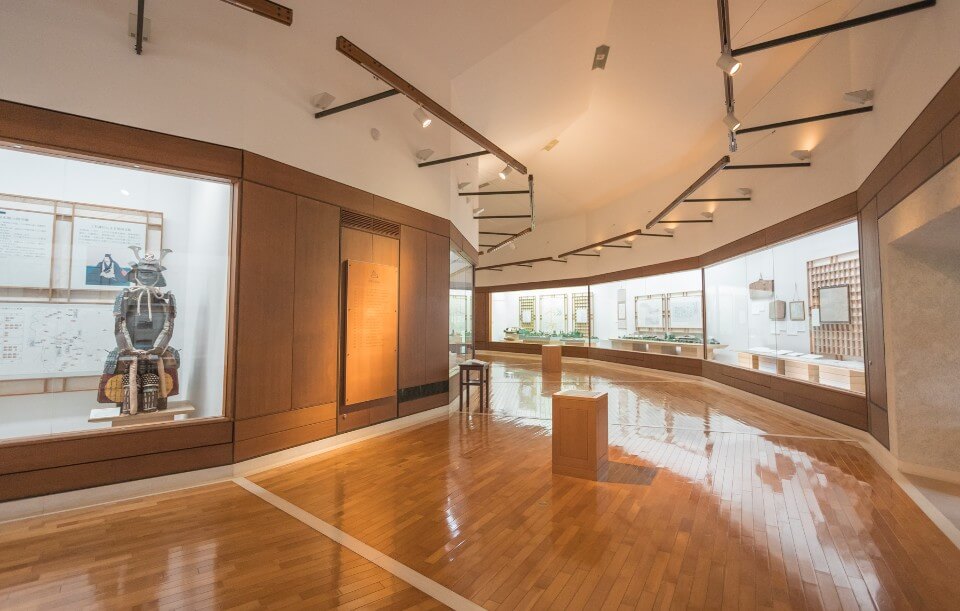
02
Sekikawa History and Roads Museum
In the Sekikawa History and Roads Museum, there are an abundance of exhibitions displaying documents and other artifacts related to the historical Yonezawa Highway and the 18th century townscape of Sekikawa.
Hours: 9:00-16:30
Closed: Mondays, New Year
Entrance fee: 300 yen adults, 150 yen elementary and high school students
03
Kikuya
Kikuya is located in the mountains across a rope bridge along the Arakawa river. There are five separated buildings each with three rooms with a half open air bath. Enjoy the soft and clear waters of Taku no Su in the privacy of your own room.


The traditional Japanese food made with picked mountain vegetables that is served here has given the inn its popularity. They also serve Echigo Sekikawa’s brand meat, “Asahi Ham”, Iwafune Koshihikari rice, and other choice ingredients and food.
There’s also a campground located 10 minutes across the rope bridge surrounded by the Hinoki, Keyaki, and Nano forests.
Day Three
01
Michi no Eki Sekikawa
To wrap up your journey, you’ll visit “Michi no Eki Sekikawa”, Sekikawa’s best place to find local products. Here you can find souvenirs, eat local foods, and experience Sekikawa’s traditional hand-crafted cat houses, nekochigura.
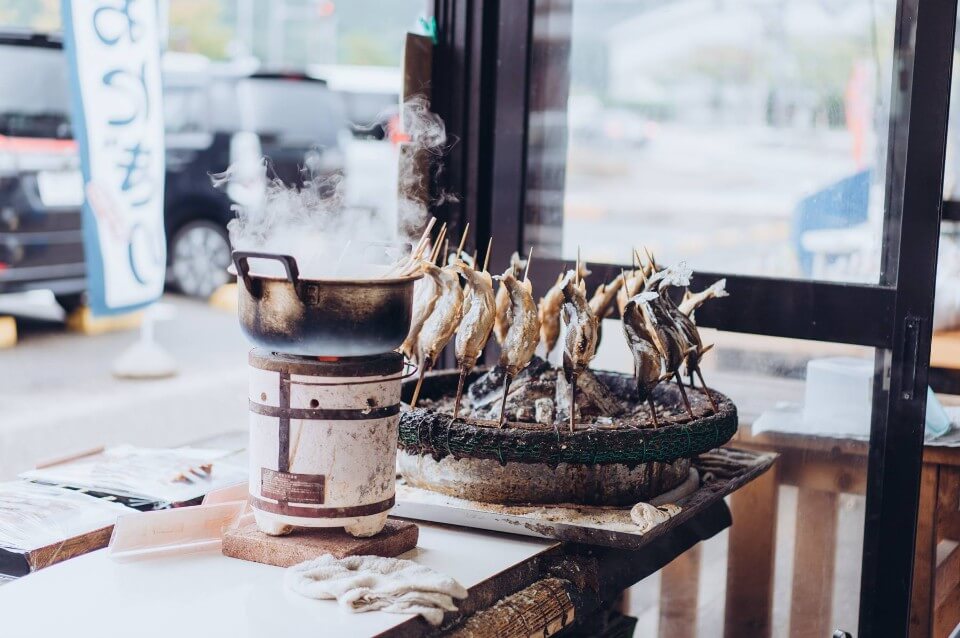
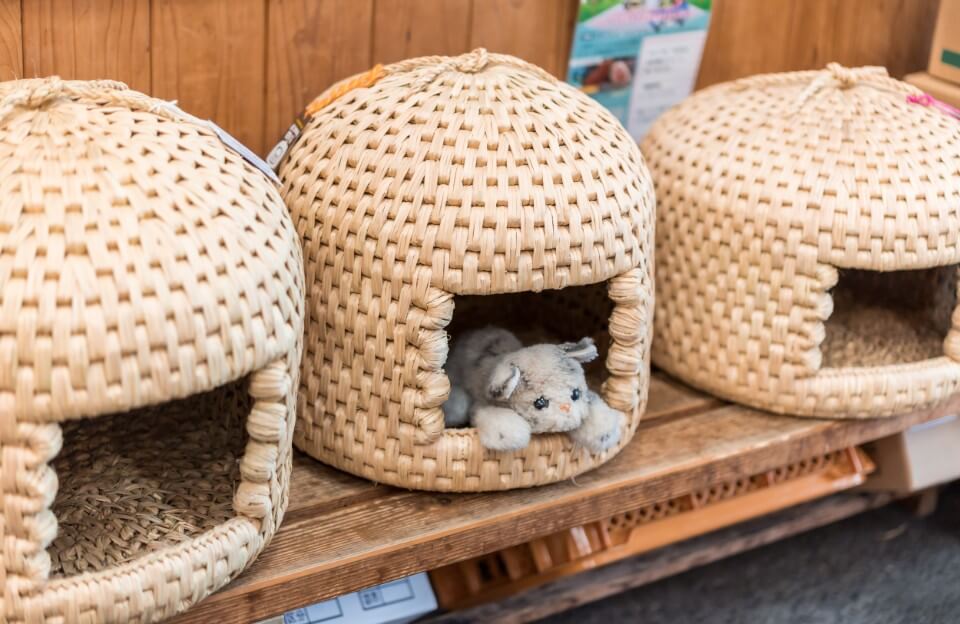
The front of the building has a free foot bath area, as well.
Business hours:
April-October Weekdays: 9:00-18:00, Saturdays/National Holidays: 9:00-18:30
November-March
Weekdays: 9:00-17:00, Saturdays/National Holidays: 9:00-17:30
December-February
Weekdays: 9:00-16:00, Saturdays/National Holidays: 9:00-17:00
Closed: Third Wednesday of every month (the following day if it falls on a national holiday), December 31st-January 3rd
Nekochigura Crafting Show: 10:00-15:00 (not including Saturdays and days the building is closed)